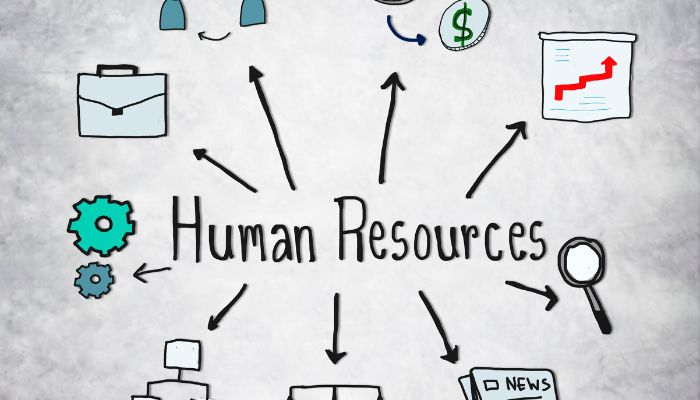Ever since the Covid-19 pandemic broke out across the world, mental health issues especially related to the pandemic became highlighted and have had a lasting impact on the population. May is recognized as the month of Mental Health, meaning many conversations came up and still dominate several candid discussions. However, there are some aspects that are discussed and have significance all year round. This includes a critical intersection between mental health and inclusion, diversity and equity, popularly known as DEI.
Both topics have taken centre stage in discussions in the boardroom and, at the same time, have developed in tandem too. It is, however, vital to tie the knot between the two. This forms a junction that houses health, productivity, happiness and belonging. It is essential to comprehend how the two intersect and how it translates to leaders, especially those wanting to cultivate a workplace that is beaming with positivity.
Mental health: current situation
Studies, stats and research continue to reveal that the Covid-19 pandemic pushed us into a crisis as far as mental wellbeing is concerned. Researchers have unearthed that the access that the workforce and community have or do not have to mental health services, especially underserved populations, is an issue about DEI.
Some researchers have tried to trace the connection between an organisation’s commitments to DEI and benefits, including mental health care. It was found that adherence to DEI should be directly proportional to mental health care provision. This is the time that you must question yourself if your organisation provides access to mental health care which is impactful in the true sense? Even if your answer is yes to this, there is still surmountable work yet to be done. If you look back on the past few years and focus on what needs concerning mental wellbeing were not met, multiple comparisons will be possible to make across unmet needs from before, while and after the pandemic.
You might also be interested to read:What Are Employee Wellness Programs And 8 Things You Must Know About Them
How to create a helpful path?
Management and organisations should include benefits by keeping mental wellness in mind,, especially for high-risk and underserved populations, which in some cases means the same thing. Government bodies have always been expected to set an example, however, each inclusive company should individually take proactive action so it can provide help to its community.
The fact that minority demographics feel a lack of inclusion has been proven in research by McKinsey. These include employees at the entry-level, ethnic minorities, women, and racial minorities. When an employee is asked about their identity, race and who they think they are in an attempt to be used against them, it impacts their mental health significantly. As these attacks continue to happen in the workplace, not only does the employee who is being targeted suffer, but the company suffers too!
Provide support by fostering DEI
The issue is not just about mental wellness related to Covid, even though it may seem like the most dominating cause of mental health issues. DEI leaders must also ensure that the organisation fosters inclusivity so that mental well-being is supported proactively.
Another major problem that has proven to impact the well-being of employees and perceived safety at the workplace, especially for marginalised populations, includes misinterpretation or low or complete lack of representation. Unconscious bias, microaggressions and additional stressors are not visible and may often be considered unseen. An approach designed for DEI ensures that the hiring heads and leaders are professionally prepared to keep an eye out for similar issues and that company employees have rightful access to resources so these concerns can be managed.
Forbes states that managers may have to step us as the first responders to address issues of mental health that accompany employees during a crisis.
When managers are trained, empowered and educated about inclusion and mental health and the intersection that the two can form, speedy support can be provided to employees that come from diverse and vast backgrounds. Managers prove to be in the most optimum position to address sensitive matters that take over employees and these managers are capable of answering questions and directing at-risk employees to the best resources available to them.
Strategy to follow
A good DEI strategy includes proactive and holistic approaches when addressing mental health issues, especially with groups and communities that never even thought about receiving support.
How is DEI connected to mental health?
It can be challenging when trying to reach out to LGBTQ, rural, religious and ethnic minorities. It can, however, be just as fulfilling. A culture which supports inclusion and celebrates differences shapes an organisation most holistically.
It is still not too late to audit your current DEI strategy. Matters of proactive and realistic mental health should be addressed along with the suitable communication mediums through which employees are informed about the existing resources.
An opportunity to make a difference
Say what you may about the efforts required for DEI and mental health; the truth is that it offers a ray of hope among foggy and uncertain times. A large number of underserved populations suffer from anxiety, depression and other issues of mental wellness. It is not easy, but it is possible to close the gaps between mental health and DEI and contribute to societal change.
Reference: The Critical Intersection Between DEI and Mental Health |Talent Culture|Cindy Trivella|May 23, 2022
You might also be interested to read: Mental Health At Work: How Sports Industry Is Influencing The Viewpoint






